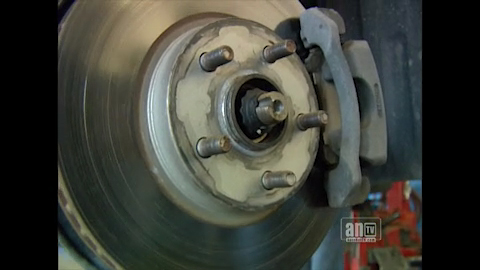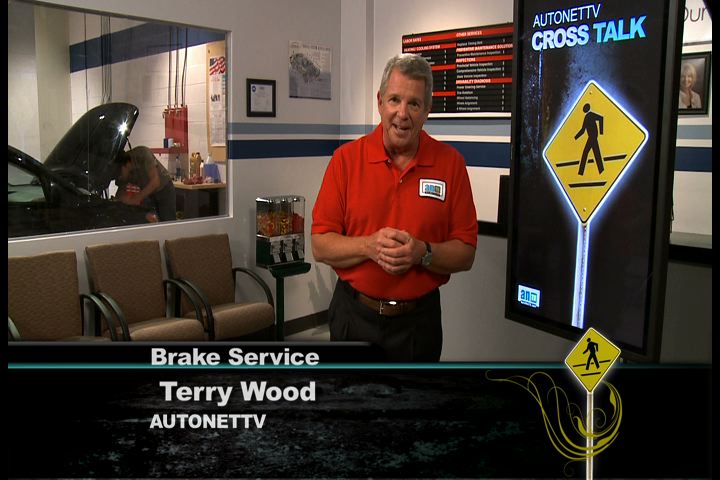Maybe your vehicle feels like Breaking Bad. In other words, when you brake, things are bad. You may find it takes you a longer distance to stop, you feel a vibration, or it’s pulsating when you depress the brake pedal, or perhaps your vehicle pulls to one side.
Those can be symptoms of failing brake drums. While a lot more vehicles these days have disc brakes, many vehicles still have brake drums, almost always in the rear wheels. The drum is a cast iron shallow cylinder that surrounds the other parts, including curved brake shoes that press pads against the drum to slow you down or stop the vehicle.
Any time you have things going wrong with your brakes, you should get them fixed soon. Safely operating any vehicle depends on having the brakes be able to slow and stop you dependably. It can make the difference between avoiding a collision and having one.
When you bring your vehicle in, a technician will inspect your braking system. Depending on the wear, drum brakes can be resurfaced or replaced. Sometimes it’s cheaper to replace the drum than to resurface it. It’s important for all the other brake system components to be inspected first and all worn parts replaced.
Most of the time, when you have your drums resurfaced or replaced, the brake shoes should be replaced at the same time. You have brakes at each end of your axles, and the same brake service should be done at both ends so that both sides can have consistent, even stopping power.
Your brakes can save your life. If their braking power is bad, you owe it to yourself and others on the road to let us help make them good again. Good and safe.
Tylers Auto TV
12485 SW MAIN ST
TIGARD, OR 97223
(503) 639-5588
http://www.tylersautomotive.com


